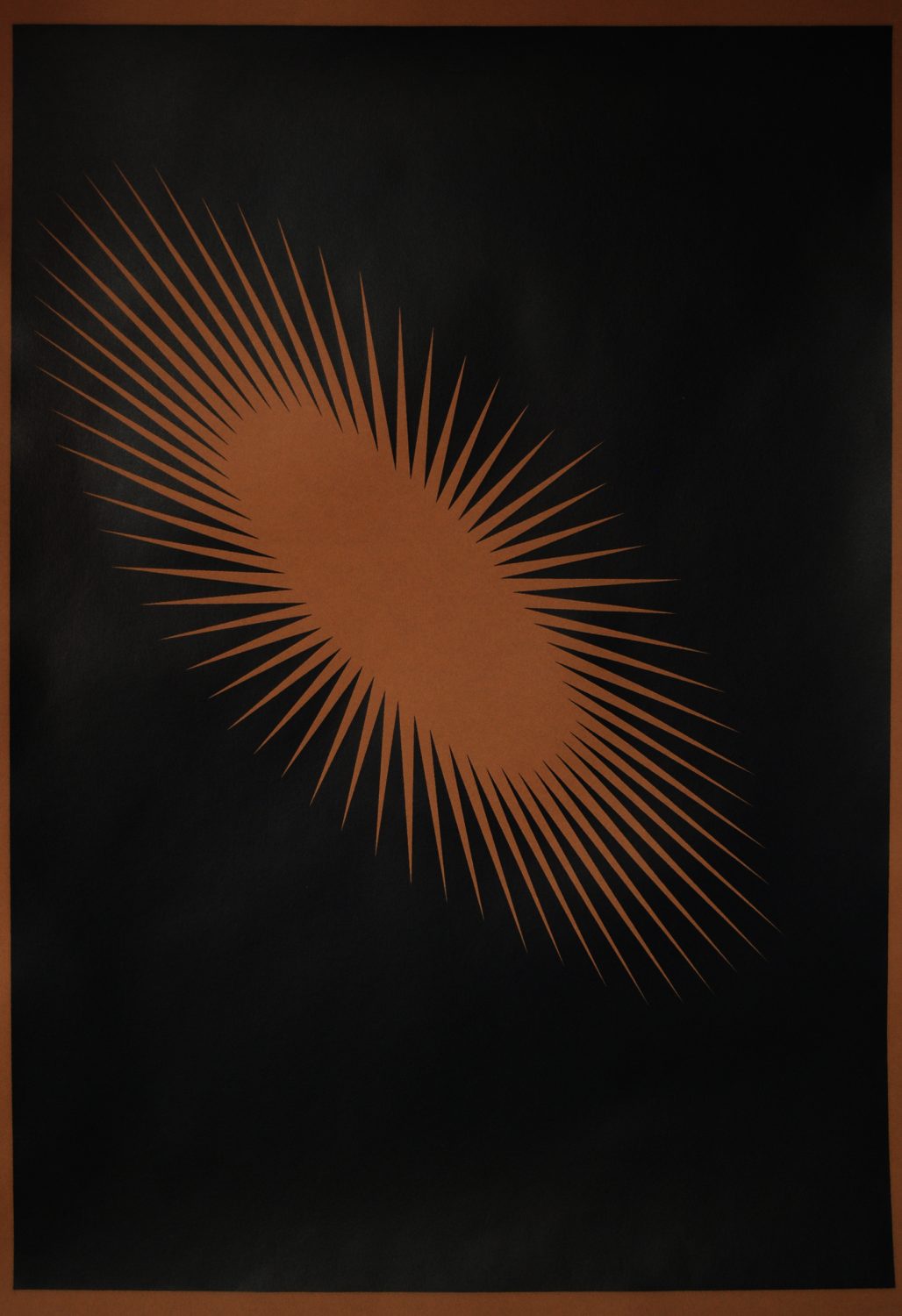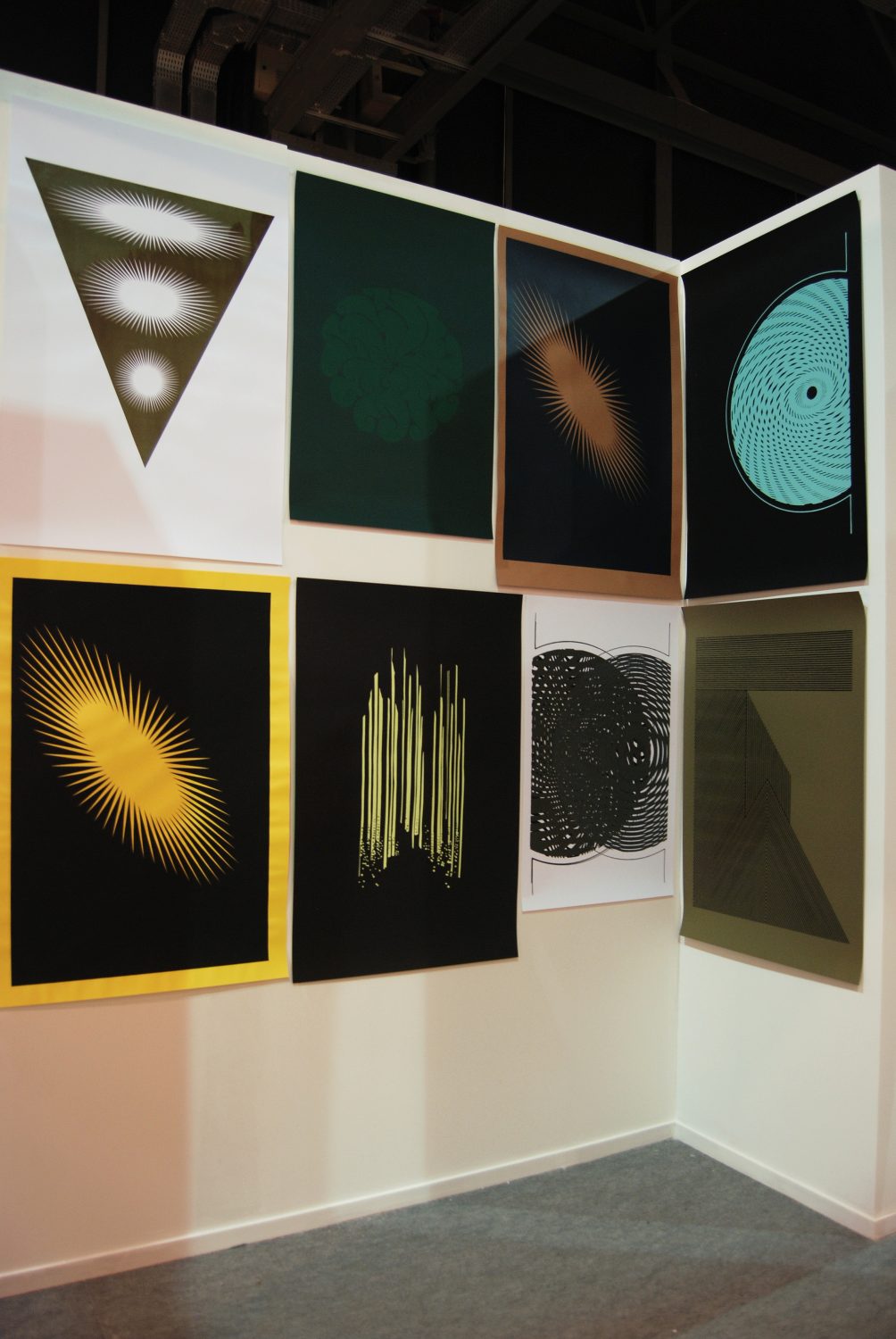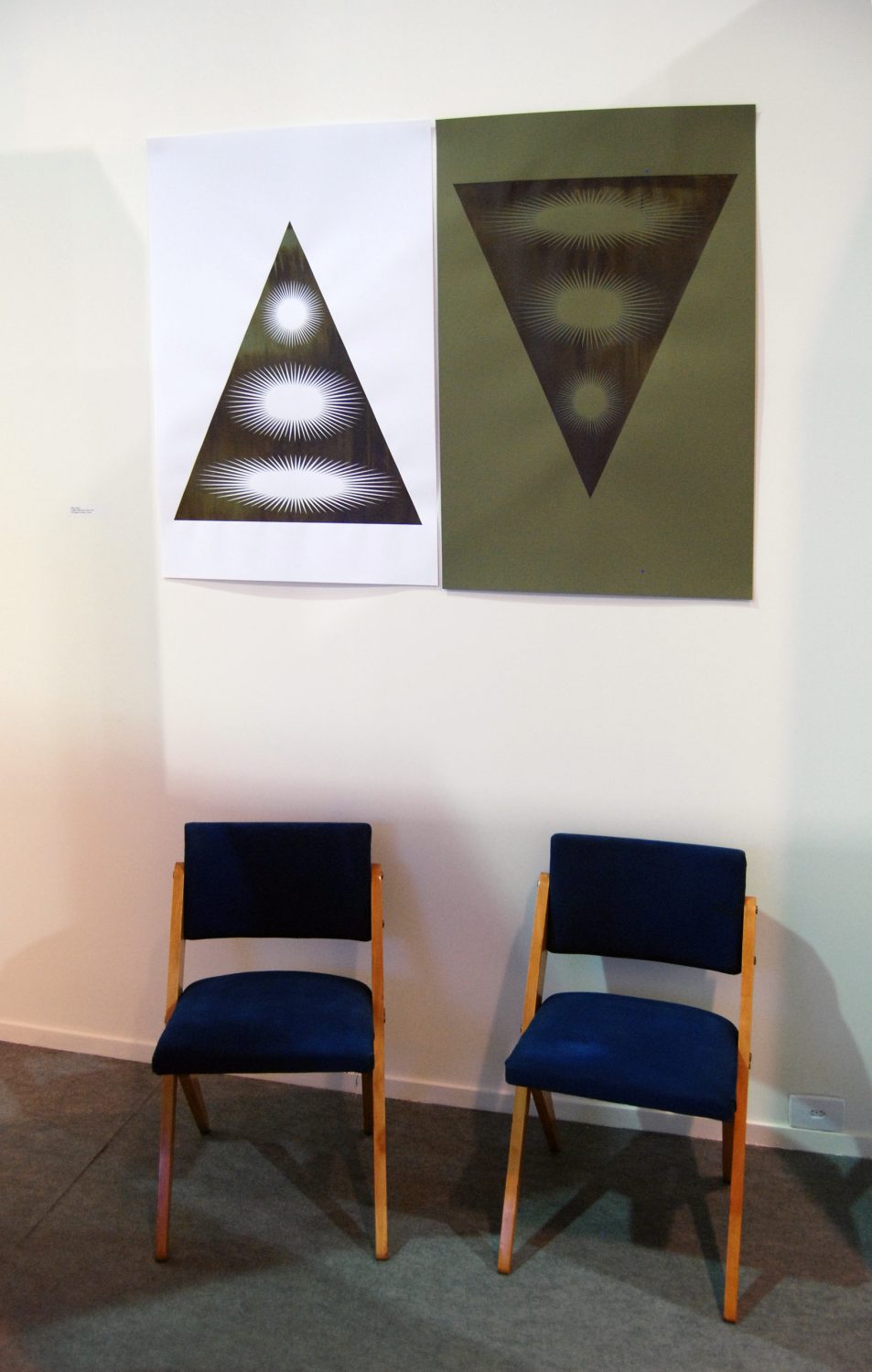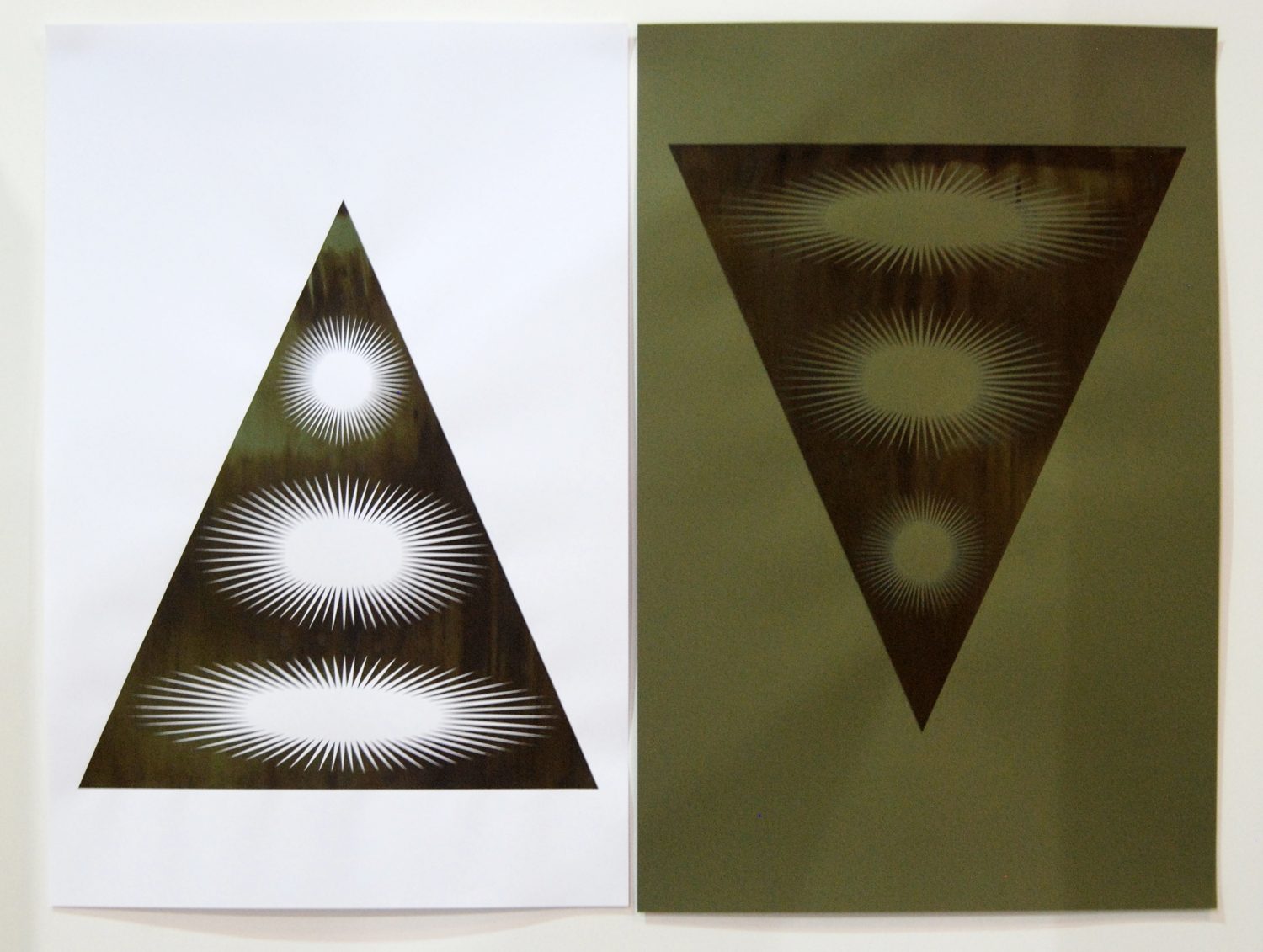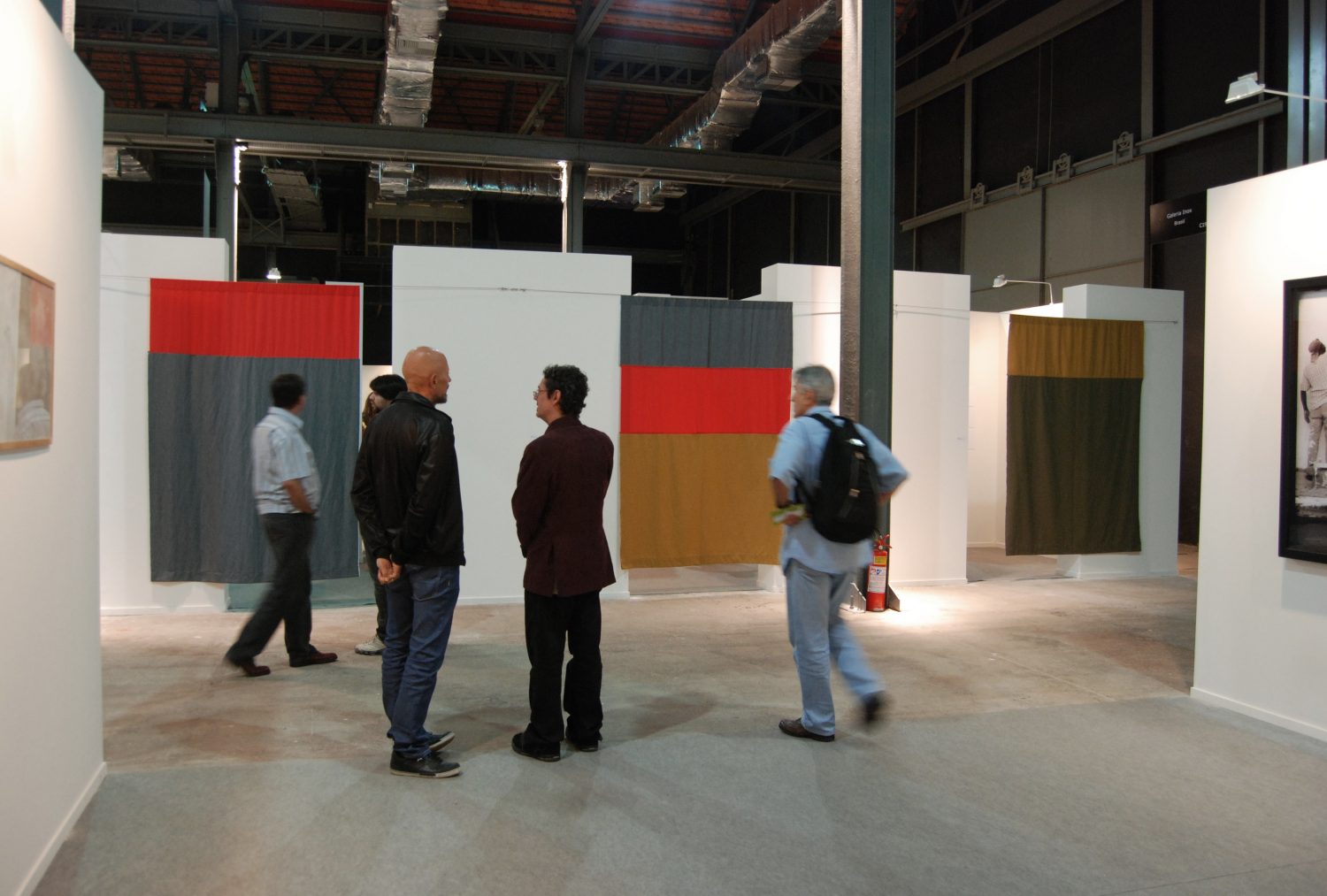2011 ART RIO
Installation views, 23 de janeiro
Art Rio Solo Projects, Rio de Janeiro
Curated by Pablo Leon de la Barra and Julieta González
September 11 – 15, 2011
Participating artists and galleries: Alberto Baraya / Nara Roesler, São Paulo, Angela Bonadiés y Juan José Olavarría / Caracas, Pia Camil / La Central, Bogota, Ivan Candeo / Oficina # 1, Caracas, Raimond Chaves / Lima, Terence Gower / Henrique Faría, New York, Dominique Gonzalez Foerster / Jan Mot, Brussels, Raphaël Grisey / Berlin, Pablo Helguera / Enrique Guerrero, México D.F., Runo Lagomarsino / Elastic Gallery, Malmö, Mauricio Lupini / Ignacio Liprandi, Buenos Aires, Felipe Mujica / Christinger De Mayo, Zurich, Jesús ‘Bubu’ Negrón / Roberto Paradise, San Juan, Luis Romero / Oficina # 1, Caracas, Karin Schneider / Ignacio Liprandi, Buenos Aires, Daniel Steegmann / Mendes Wood, São Paulo, Johanna Unzueta / Christinger De Mayo, Zurich, Judi Werthein / Figge von Rosen, Berlin, Carla Zaccagnini / Vermelho, São Paulo
////////////////////////////////////////////////////////////////////////////////////////////////////////////
////////////////////////////////////////////////////////////////////////////////////////////////////////////
Excerpt from curatorial text:
The display structure for the Solo Projects at Art Rio is a 1:1 scale model of the floor plan of an apartment in a modernist social housing complex called the 23 de Janeiro in Caracas, which was designed by Carlos Raúl Villanueva and built in the 1950s. The display structure articulates the different projects in the exhibition and is a contribution by Venezuelan artist Mauricio Lupini, whose work exists at the intersection of art and architecture and explores issues related to the legacies of the modernist project. Housing complexes like the 23 de Janeiro in Caracas, Pedregulho in Rio de Janeiro designed by Affonso Eduardo Reidy, Tlatelolco in Mexico City designed by Mario Pani, and El Falansterio in San Juan Puerto Rico, were part of the agenda of progress and modernization that changed the urban configuration of major cities in the American continent at the time. The 23 de Janeiro exhibition address this moment of modernity in the history of Latin America, its utopian motivation but also its shortcomings. The selection of artists has been guided by a desire to anchor the work within a set of references allusive to modernity, architecture, domesticity, utopia, and the construction of historical narratives.
